Last Updated on December 14, 2023 by
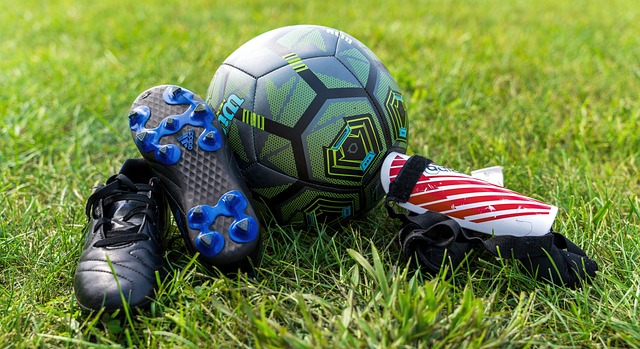
In football, having the right soccer equipment can help you perform better on the field and protect yourself from injury. What equipment do you need to play soccer?
The following are five commonly-used types of football equipment, as well as our top recommendations for brands and purchase points. Friends who love football, come take a look at this must-have list of football equipment bags!
Football
There is no doubt that football is “the world’s first sport”, and it is also the most influential individual sport in the global sports world. When purchasing a football, you need to consider its size, material, manufacturing process, and applicable venues. Then, how do you choose football?
A guide to buying
The most common soccer balls are No. 3, No. 4, and No. 5. No. 3 footballs are used for children’s training. No. 4 footballs are for 5-a-side games, 7-a-side games, or indoor soccer. No. 5 is mostly used for large-scale adult competitions or training.
In terms of football materials, PU material is recommended. It is affordable, of good quality, soft, and waterproof, anti-fouling, wear-resistant, and cold-resistant. It is more suitable for indoor and outdoor use. Learn more.
Football Shoe
A football shoe is often called a combat boot by football fans. This is because it can protect your ankles and enable you to make technical moves like passing people and dribbling. There are hundreds of different styles of football shoes available, which are suitable for various venues. Soccer shoes are also different, so how do you choose them?
A guide to buying
First, determine your feet size. Next, consider the types and conditions of football fields, then select the sole type of football shoe appropriate for the field type. For example, HG short spikes are suitable for natural and artificial grass, TF spikes are suitable for sand and gravel, and plastic fields.
IC rubber-soled football shoes are suitable for indoors, on concrete floors, etc. TF nail soles are recommended for novices without a football foundation.
Soccer jersey
When it comes to football jerseys, you should choose loose jerseys, elastic band shorts, stockings, and knee pads. These items not only allow you to play football more comfortably and conveniently but also protect you from injuries. How do I choose football uniforms?
A guide to buying
Due to the fierce competition in football, players sweat a lot. Therefore, it is recommended to choose polyester fabrics that are good at absorbing sweat and drying quickly. The breathable mesh should be used on the back of the clothing since it is more breathable and cooler. The sweat absorption of clothes with patterns, prints, or stitching is not very good, making them uncomfortable to wear.
Football sock
As football socks are usually stockings and worn with shin pads, they absorb sweat, keep the instep dry, and prevent players from directly shoveling on other players’ legs when they tackle the ball, resulting in fewer injuries. How should you choose football socks?
A guide to buying
In general, professional football socks are made with Lycra cotton, but they are relatively expensive. For amateur players, it is recommended to buy football socks made from cotton + spandex, which are economical and affordable, as well as skin-friendly and elastic.
In case you are prone to falling to the ground or getting scratched while playing football, you should buy stockings that provide better protection. Only occasionally playing football or sweating entertainment can wear short socks that provide relatively high leg comfort.
Shin guard
Football matches often involve high-intensity confrontations, and players often suffer calf injuries, so a shin guard is used to protect the calf. In addition to dispersing the force of the opponent’s foot, the gap between the shin guard and the leg also prevents fractures.
A guide to buying
In terms of appearance, shin guards can be divided into small and large boards. Small boards are smaller and lighter and are more comfortable to wear, but their protection is poor, so they are better for frontcourt players. As a large and heavy board, it has good cushioning and protection, often including the ankle, but it lacks comfort and is more suitable for defensive players or power players.
Gear up for more protection
Football is a high-intensity confrontational sport, many actions like jumping and falling, sharp turns, and tackles can cause injuries. Wearing protective gear during football is a wise idea. Some more common protective gear includes goalkeeper gloves, knee pads, ankle pads, elbow pads, shoulder pads, and more.
Support for the ankles
Ankle support reduces the pressure on the injured part of the ankle joint and prevents sprains caused by ankle varus. It is ideal for people suffering from ankle sprains, ankle ligament injuries, and ankle instability.
Goalkeeper glove
Gloves for goalkeepers: They are typically made of latex foam, which provides a strong grip and shock absorption, with an elastic adjustable wrist strap that increases friction on the palm and protects the wrist.

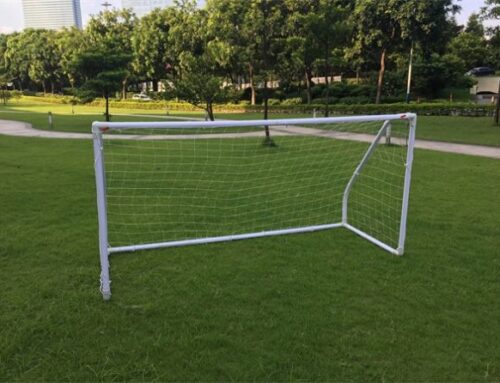
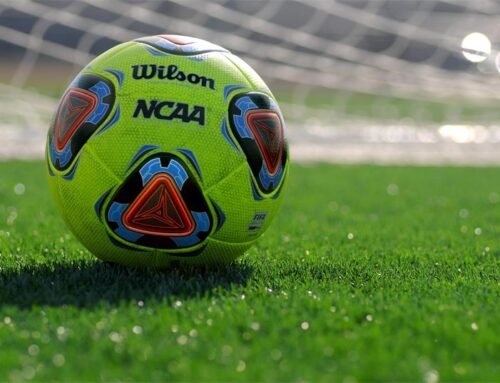
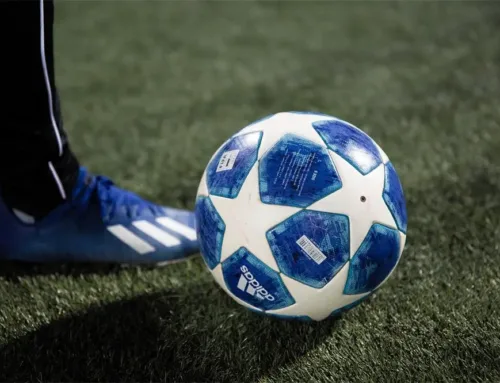
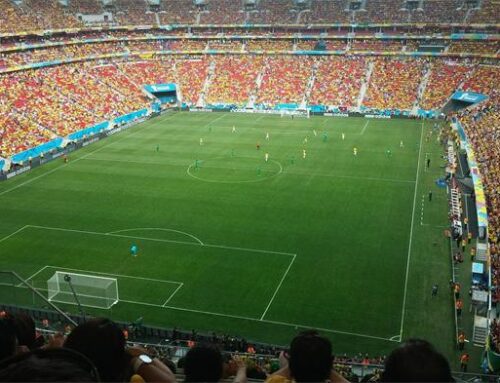

Leave A Comment